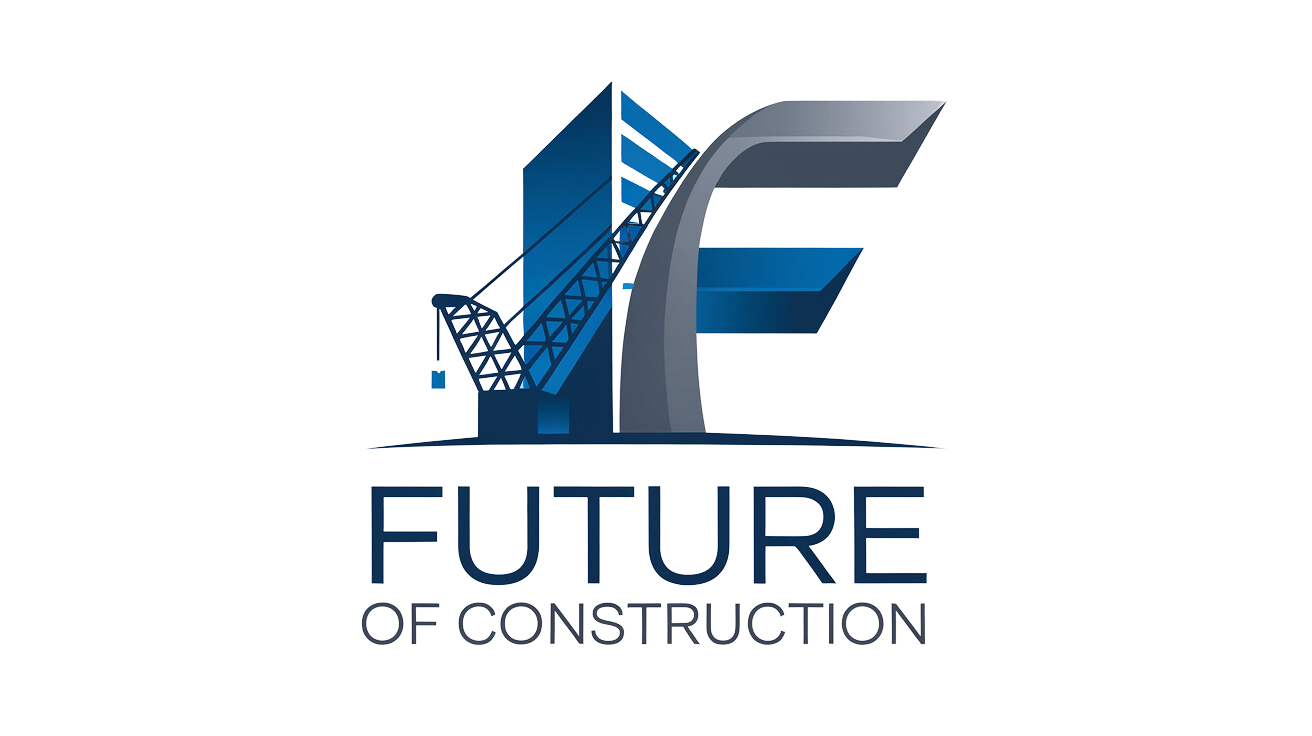When Emaar Properties transformed a former military site into Downtown Dubai, they aimed to create one of the world’s premier urban destinations. Led by Mohamed Alabbar, Emaar’s Founder and Chairman, the ambitious project sought to break records and redefine skylines, surpassing Taipei 101’s 449-meter height. This vision, driven by CEO Robert Booth, inspired a world-class team to tackle unprecedented challenges as they pushed the final height to 828 meters.
From the project’s inception in 2002, innovation became essential. Initially planned at 550 meters, the height was later increased to 750 meters, before reaching its iconic 828 meters. This flagship endeavor revolved around three core principles: assembling a highly skilled international team, fostering strong collaborations with pioneering suppliers, and engaging proactively with government stakeholders.
Emaar’s choice of the best expertise globally proved invaluable. Skidmore, Owings & Merrill from Chicago handled the groundbreaking design, while Turner International, with experience from Taipei 101, managed the meticulous planning, selection, and coordination of consultants and suppliers. Turner’s early involvement in 2003 brought stability and precision to the project’s management.
Collaboration with innovative suppliers was crucial, especially for specialized technology like advanced concrete pumping systems, jump formwork, and high-speed elevators. The concrete technology alone was record-breaking, engineered to flow over 600 meters vertically under harsh 40°C temperatures. Early government engagement also ensured smooth cooperation with utility providers and regulatory bodies, accelerating the realization of this architectural marvel.
Today, the Burj Khalifa stands not only as the world’s tallest building and an iconic landmark but as a testament to visionary ambition, technical prowess, and collaborative innovation.
